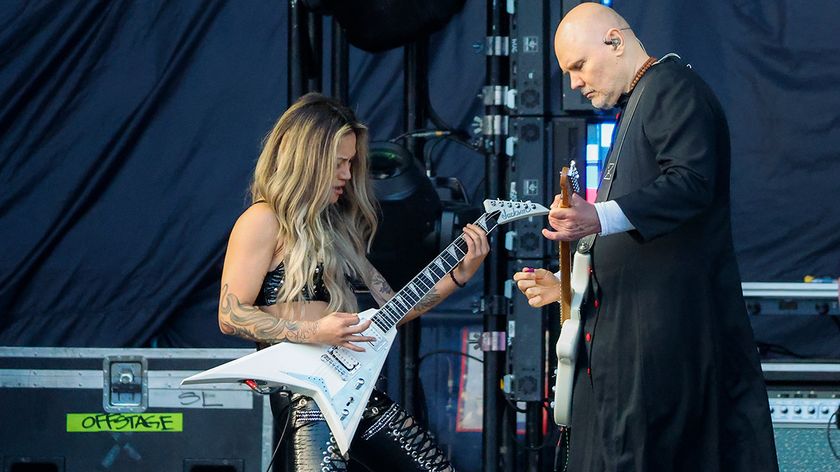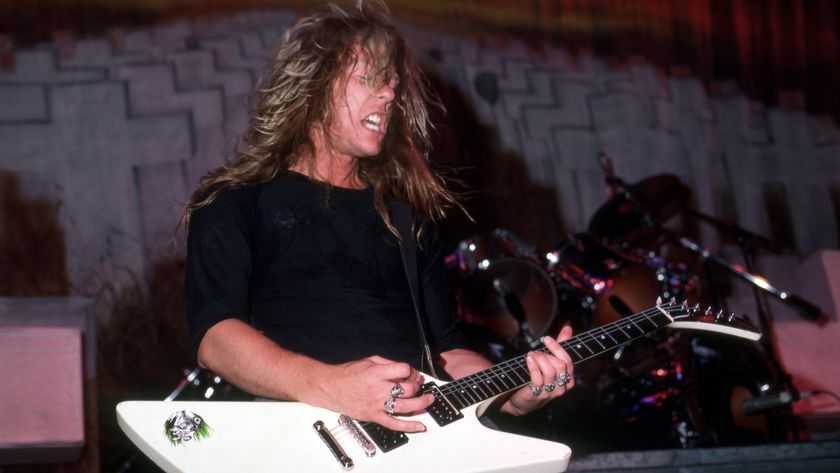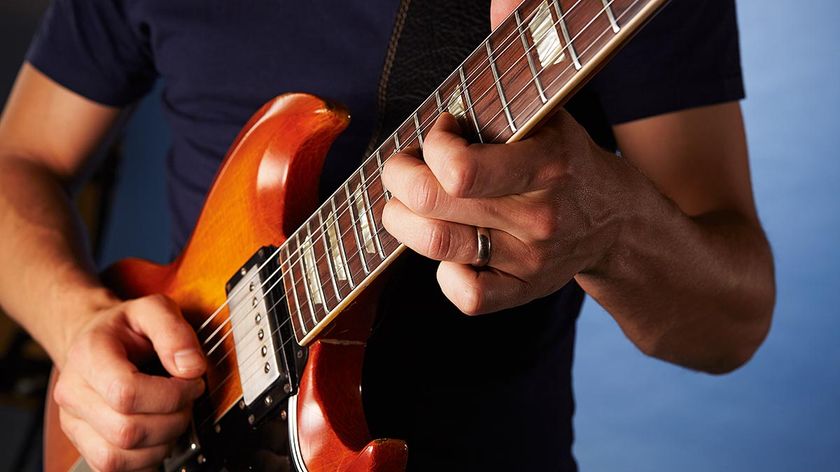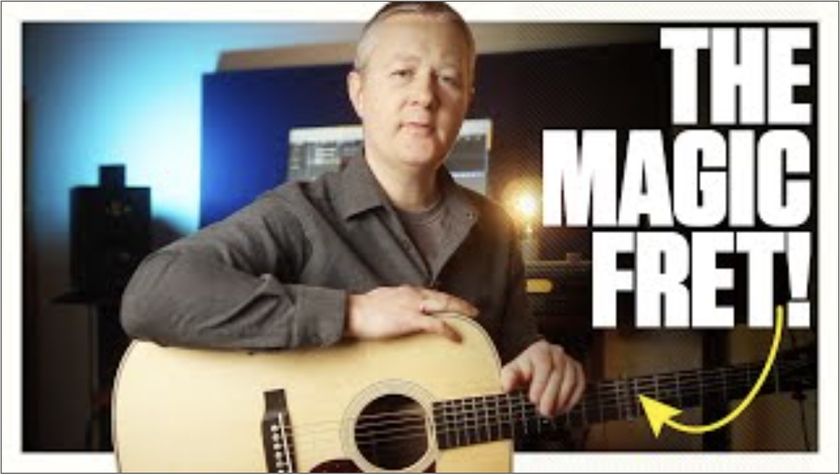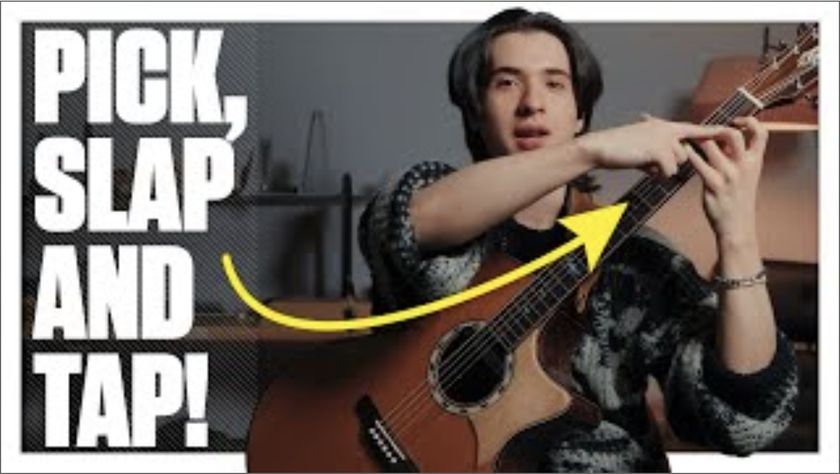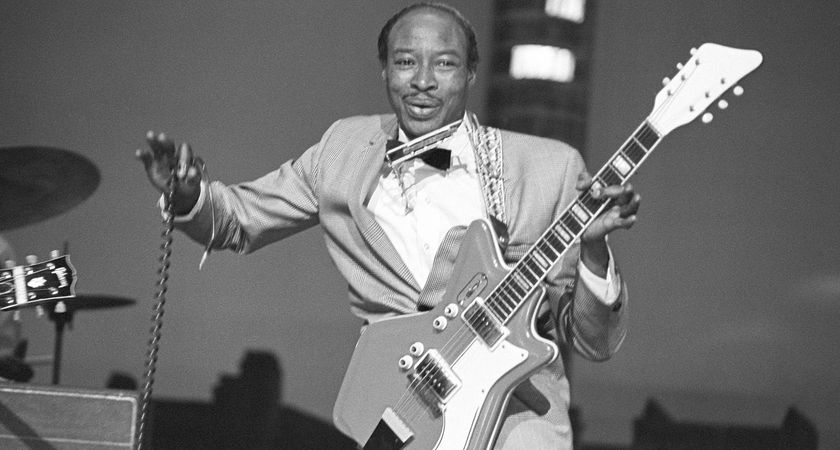Danny Elfman’s scores for Tim Burton are laden with dramatic musical movements – and learning his arpeggio style on guitar can give your playing a spooky, neoclassical edge
Classical-style arpeggios meet Gypsy jazz-flavored minor melodies in this exclusive video lesson from Andy Wood that’s inspired by Elfman’s soundtrack work for Tim Burton

One of the more difficult techniques to master on the guitar is performing fast arpeggios, often played as a series of single notes on adjacent, and sometimes non-adjacent, strings.
The term “arpeggio” means “broken chord,” as the chord tones are played individually, in succession, as opposed to all at once.
Arpeggios are found in virtually every style of music, from the classical études of JS Bach to blues, jazz, country and bluegrass. They’re especially integral to the Gypsy-jazz style, as exemplified by the music of Django Reinhardt and Stéphane Grappelli.
My latest album, Charisma, includes a track called Master Gracey’s Manor, which is built from a combination of classical-style arpeggios and Gypsy-jazz-flavored minor melodies.
The tune was inspired by the music of film composer Danny Elfman, known for his work with director Tim Burton in films such as Edward Scissorhands, The Nightmare Before Christmas and Sleepy Hollow, as well as the music from the Mystic Manor in Hong Kong Disneyland.
Figure 1 illustrates the opening series of arpeggios, which I play as 16th notes in 68 meter. Bar 1 begins with arpeggios played across the bottom four strings, starting with a Gm arpeggio via the notes G, D, G and Bb, followed by D/F# via the notes F#, D, F# and A, and then a return to Gm. This two-bar phrase then repeats.
In bar 6, I switch to a Cm arpeggio, built from the notes C, G, C and Eb, played on the middle four strings, then move back to the previous pattern that starts on Gm. I palm-mute these arpeggios (P.M.), in order to give them a percussive quality
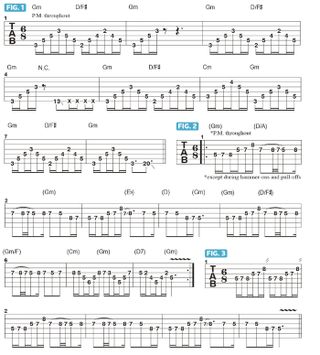
Figure 2 presents the song’s initial theme, which may be analyzed as being based on either the G Aeolian mode (G, A, Bb, C, D, Eb, F) or the G harmonic minor scale (G, A, Bb, C, D, Eb, F#), as the 7th is not used.
The lines in bars 1-6 are played exclusively on the D, G and B strings and are also performed with palm-muting, except for the fast hammer-ons and pull-offs in bars 1, 2 and 6. For this part of the melody, I like to allow the string to ring a bit more, in order to emphasize the articulation and sound of the hammer/pulls.
In bars 7 and 8, the lines change, in order to follow the progression of Cm - Gm - D7 - Gm. Starting in bar 7, I execute the Cm arpeggio by playing two consecutive notes on the G string, followed by single notes on the D and A strings. I then take this same approach with the Gm and D7 arpeggios.
Figure 3 illustrates the initial melody in a broken-down fashion: bar 1 indicates the opening phrase, followed by the remainder of the line in bars 2-5.

Figure 4 delineates the arpeggios that outline the Cm - Gm - D7 - Gm progression. As you’ll find, it can be tricky to sound these arpeggios cleanly when playing them up to speed.
I suggest using alternate picking throughout, and begin by playing each arpeggio individually and slowly until it feels comfortable under your fingers.
Get The Pick Newsletter
All the latest guitar news, interviews, lessons, reviews, deals and more, direct to your inbox!
You must confirm your public display name before commenting
Please logout and then login again, you will then be prompted to enter your display name.

How to find new approaches to blues soloing – using fingerstyle improv ideas and Roy Buchanan-inspired licks
![Joe Bonamassa [left] wears a deep blue suit and polka-dotted shirt and plays his green refin Strat; the late Irish blues legend Rory Gallagher [right] screams and inflicts some punishment on his heavily worn number one Stratocaster.](https://cdn.mos.cms.futurecdn.net/cw28h7UBcTVfTLs7p7eiLe-840-80.jpg)
“The intensity of Rory’s guitar playing – the emotion, the sound and his incredible attack – was mindblowing for me”: Joe Bonamassa pays tribute to the late, great Irish blues-rock icon Rory Gallagher

